Among the talented representatives of this period are Nakagami Kenji and Matsumoto Seicho - one writer was born after the war, and the other began writing after the war.
Literature since 1945
Until the 1970s, in the field of “pure literature”, male and female writers had religious, political , and social concerns, or sought European-American civilization, to answer the question: “How to live?”; this was within the Confucian tradition of seeking ways to “behave”.
Faced with the upheavals of modern life, the younger generation of writers (around 30-40 years old) has not had any “serious” searches for many years and has been unbridled in every way. Among the talented representatives of this period are Nakagami Kenji and Matsumoto Seicho - one writer was born after the war, the other began writing after the war.
Nakagami Kenji (1946 - 1992) is famous as the first and only postwar Japanese writer to date to openly identify himself as a Burakumin (a group of outcasts at the bottom of Japanese society, throughout Japan's history).
He did not graduate from college and wrote novels that were profoundly different from those of both his elders and his generation. His works depict the intense life experiences of men and women struggling to survive in a Burakumin community in western Japan. In his novels, Nakagami often returns to the Burakumin community where he grew up.
His most famous novels include: Cape Land (Misaki, 1976), which won the Akutagawa Prize in 1976, The Sea of Withered Trees (Karekinada, 1977), which won both the Mainichi and Geijutsu Literary Awards in 1977, The Supreme Moment at the End of the Earth (Chi no Hate Shijo no Toki), The Moment of a Thousand Years (Sennen no Yuraku, 1982), Wings of the Sun (Nichirin no Tsubasa, 1984), and Contempt (Keibetsu, 1992). Nakagami also wrote in English and French. At the height of his fame, he died of cancer at the age of 46.
* * *
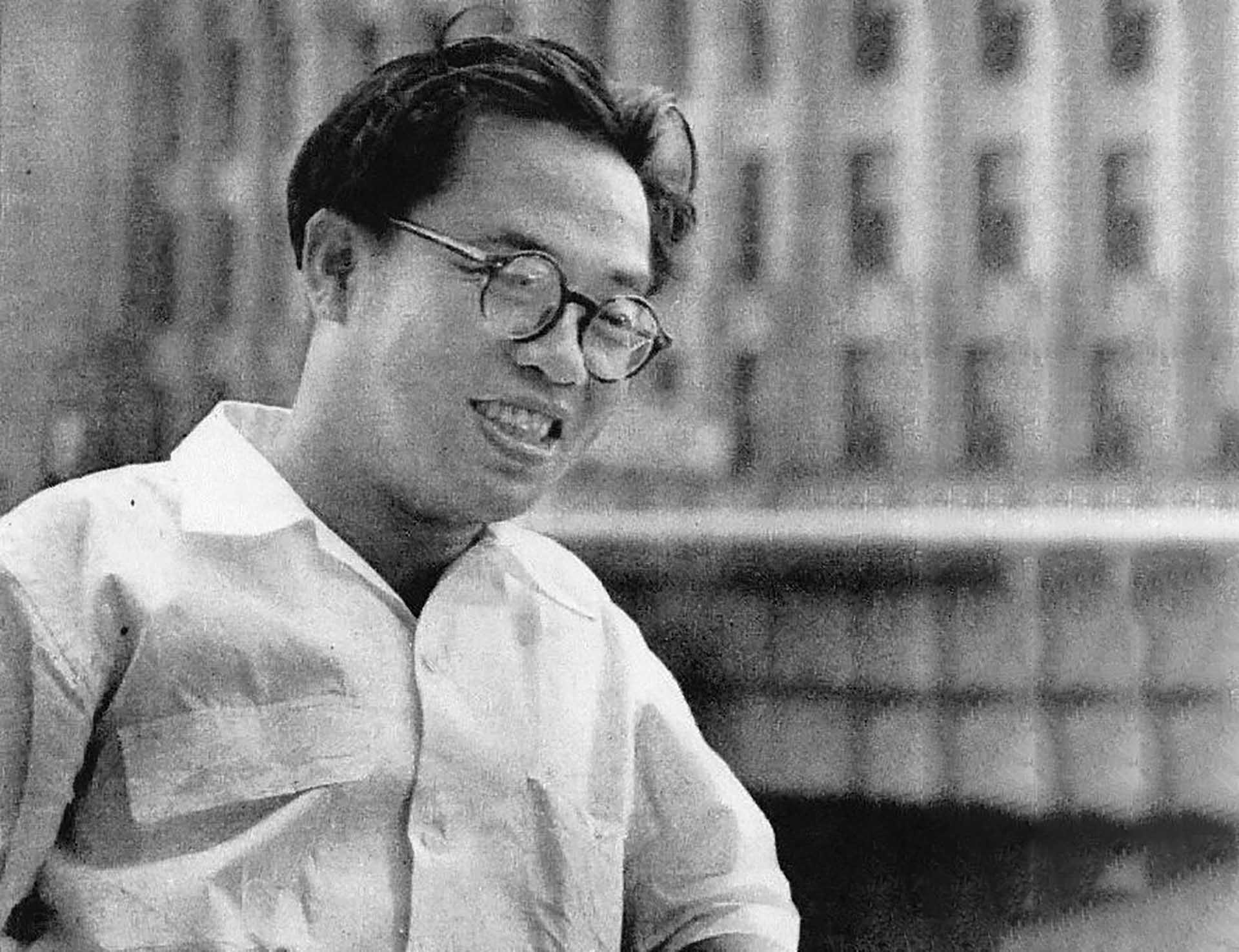 |
| Writer Matsumoto Seicho. |
Matsumoto Seicho (1909-1992) was a writer credited with popularizing detective fiction and ancient historical fiction.
His works often reflect the broader social context and post-war nihilism, depicting elements of human psychology and everyday life in a simple style.
He did not publish his first work until he was 40, but over the next 40 years he published more than 450 works, including historical novels and detective stories.
His most famous detective novels include Inspector Imanishi Investigates (Suna no Utsuwa, 1961), and Flag of Fog (Kiri no Hata, 1961), which have been translated into several languages, including English. Matsumoto tapped into anti-American sentiment with his popular "non-fiction" work Black Fog in Japan (Nihon no Kuroi Kiri, 1960), in which an enterprising detective uncovers a vast conspiracy involving American secret agents, famous incidents, and unsolved crimes in the postwar period. Matsumoto Seicho was interested in archaeology and ancient history.
Some of his other novels and short stories: Novels: The Wall of Eyes (Me no Kabe, 1958); The Black Sea of Trees (Kuroi Jukai, 1960); Manners and Customs of the Times (Jikan no Shūzoku, 1962); The Glass Castle (Garasu no Shiro, 1976); The Whirlwind (Uzu, 1977); The Road of Desire (Irodorigawa, 1983); The Black Sky (Kuroi Sora, 1988); The Madness of the Gods (Kamigami no Ranshin, 1997). Short stories: Saigō's Coin (Saigō Satsu, 1951); Seichō's Ancient History of Japan (Seichō Tsūshi, 1976 - 1983).
* * *
The three best-selling books in Japan in the 80s and early 90s of the last century were: Confucius (by Inoue Yasushi), Totto Chan (by Ms. Kuroyanagi Testsuko - Children'seducational stories, translated into Vietnamese and more than two dozen languages). In terms of science, the book on color coordination (by Sibukawa and Y. Takashasi). The works are not necessarily valuable books, however, the three best-selling books in Japan reflect the healthy interest of a stable society in the context of general development.
Entering the 21st century, regardless of ideology, whether one loves or hates Japan, no country or people can remain indifferent to Japan's progress.
Geography and history have posed similar problems for Vietnam and Japan, although they may differ in circumstances and timing. Both countries are located in the Asia-Pacific region, the central region of the 21st century; both are deeply influenced by Chinese culture (especially Confucianism and Buddhism), although both have maintained their identity and created unique national cultures; in the 16th-19th centuries, both came into contact with the West and Christianity; both had to modernize through industrialization.
Especially in the cultural field, both nations have to deal with a series of similar problems: the relationship between modernity and tradition, between East and West, between creativity and innovation, between national and international, between material culture and spiritual culture... Japan follows a different political and social system and has a different past than Vietnam. But that does not mean that serious and objective research on Japanese culture does not help us in the process of building a national and socialist culture.
Source


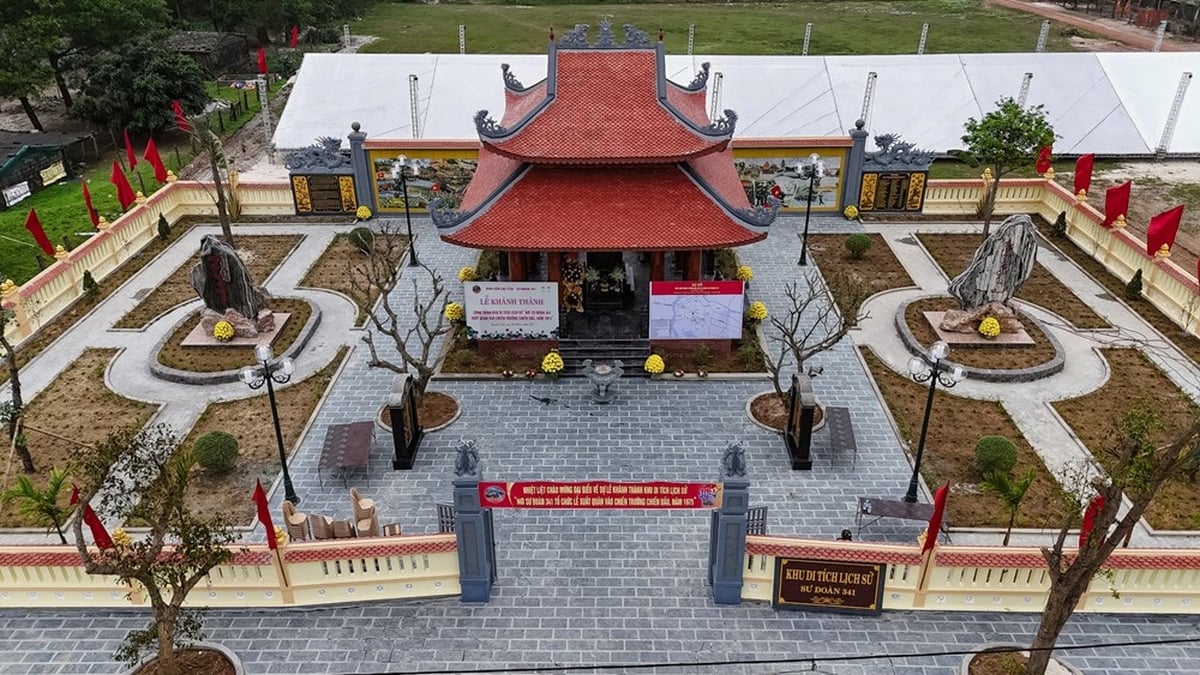

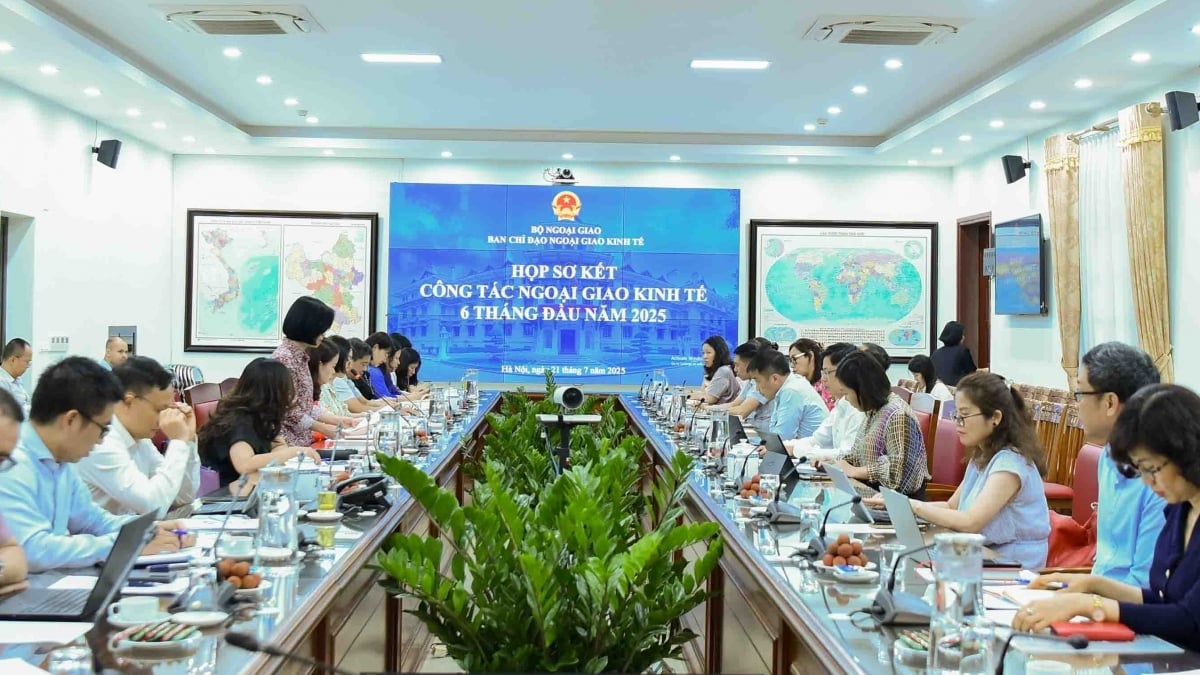




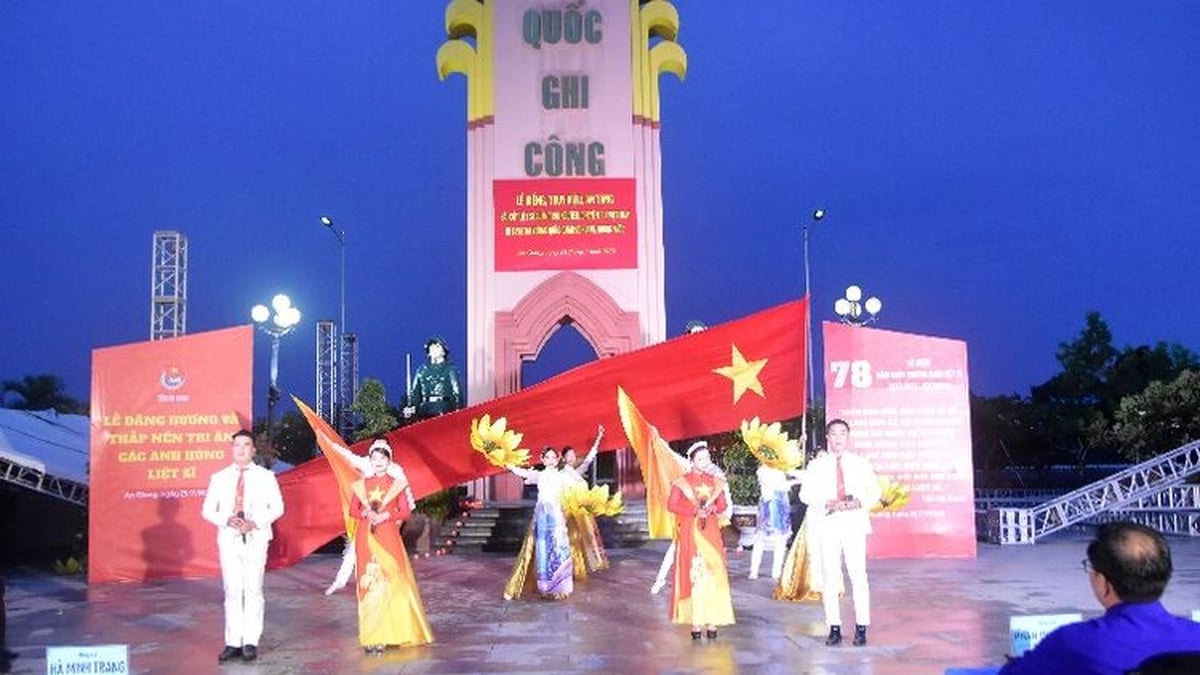
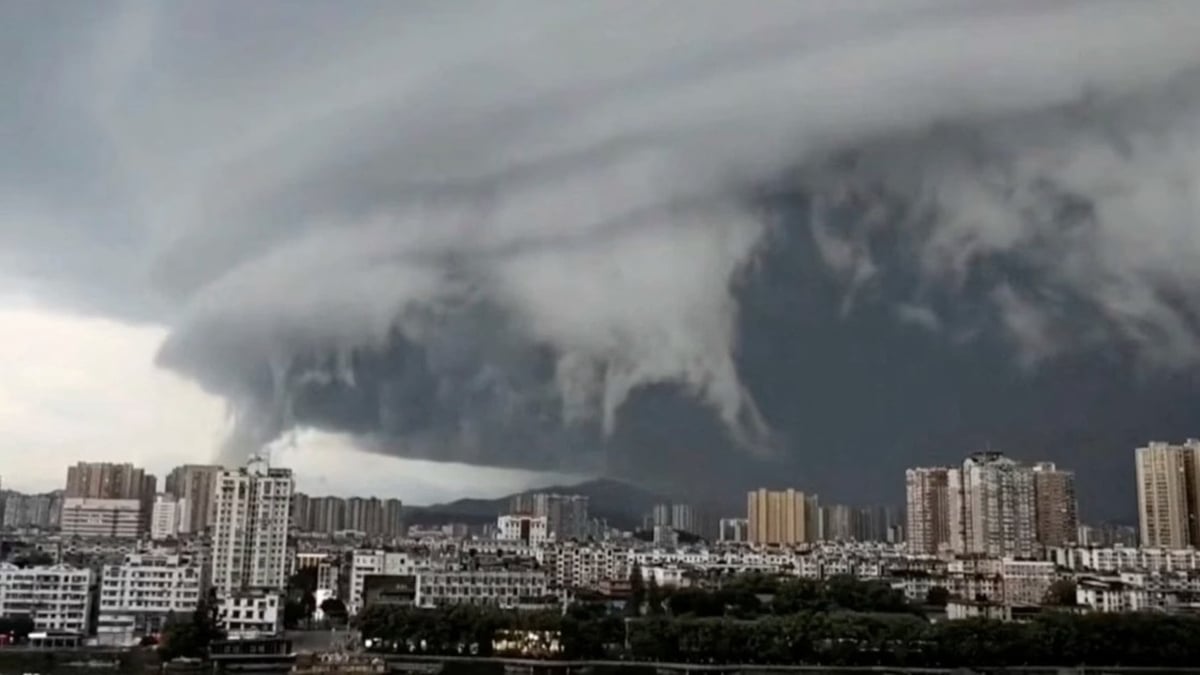



















![[Photo] National Assembly Chairman Tran Thanh Man visits Vietnamese Heroic Mother Ta Thi Tran](https://vphoto.vietnam.vn/thumb/1200x675/vietnam/resource/IMAGE/2025/7/20/765c0bd057dd44ad83ab89fe0255b783)







































































Comment (0)